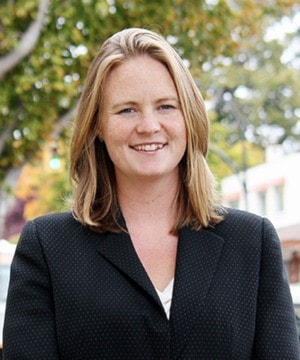Willows elementary is among 20 schools seeking safer routes to school with the Capital Regional District.
The CRD Active and Safe Routes to School project encourages students and families to walk, bike, bus or roll to school more often during their commutes to school.
“It’s wonderful. I was pleased Willows was awarded the program. That means our staff, engineering, police and public works will collaborate with council. We’ll do walkabouts,” said Coun. Michelle Kirby, a major proponent of the program. “We’ll find where the problem areas are and identify the safety issues and work together to solve them.”
The Active and Safe Routes to School program helps parents and students with travel planning and collaborates on solutions to improve student health and address road safety and traffic congestion on school routes.
The community-based initiative works to address infrastructure, behaviour, enforcement and education needs on school grounds and in surrounding neighbourhoods.
It’s one of more than a dozen initiatives under the CRD’s People Power Program designed to increase the use of active transportation in the region.
“We are pleased to see the demand for school travel planning among elementary, middle and high schools across the region,” said Barbara Desjardins, CRD board chair.
“The Regional Transportation Plan identified school-based programs as a priority action that would help shift travel choices towards more active transportation. The program is a proven way to increase traffic safety and efficiency and improve the health of students and the surrounding school communities.”
Each school is supported by a travel planning facilitator throughout the 15-month school travel planning process which engages students, teachers, parents, school boards, municipal transportation planners and engineers, public health and local law enforcement agencies to address traffic and transportation challenges.
Outcomes include mapping the best routes, identifying issues, and developing action plans and school-based encouragement activities such as park-and-walk stations, bike skills courses, skateboard repair workshops and walk-to-school days.
The goal is to raise awareness of the issues and establish practical solutions to make travel in and around schools more efficient, safe and welcoming for all modes of travel.
More than two years ago, Kirby laid the concept out for the CRD Traffic Safety Commission. Getting kids to walk or roll to school safety continues to be a concern. As fall approached, Kirby had council support a letter to the province pushing for implementation and funding of a province-wide cycling education framework for children and youth as proposed by BC Bike Right Network.
“They’ve accumulated support from several jurisdictions, so that’s encouraging, it’s not going to come just from us,” Kirby said.
The Bike Right initiative seeks the implementation of a provincial framework for cycling education in B.C. The framework would establish universal standards for cycling training, provide accreditation for instructors, and ensure accessibility to effective cycling education for children and youth across the province.
Encouraging cycling in B.C. has predominantly been focused on increasing access to and awareness of cycling through investments in infrastructure and facilities. A necessary, but missing complement to these measures is to engage those interested in cycling with the ability to do so confidently and safely through investments in education and training.
“We’re trying to encourage kids to cycle and walk to school and do so safely,” Kirby said. “We can’t expect people to exhibit perfect law-abiding cycling behaviours if they’ve never been taught. It’s unfair to expect people will learn that without some kind of instruction being offered. The best place for that instruction to take place is when they’re children and in school.”
The education is limited to the Oak Bay Police Department bike roadeo where students in Grade 4 learn some cycling safety. Recreation Oak Bay also offers urban cycling courses, she said.
“It really lines up beautifully with the active and safe routes to school program that the CRD has just launched,” Kirby said. “The basic skills need to be included. This is one more element we can pile on to that program.”
Visit crd.bc.ca/peoplepower to learn more about the safe routes program and participating schools.
